Until 1854, the port of Ischia was a lake of volcanic origin, which only a narrow strop of sand separated from the sea. Inside, there was an inhabited islet. Which in 140 A.D was the subject of a letter sent by the young Marcus Aurelius, future emperor, to his rhetoric teacher, Fronto.
The noble pupil asked the great orator how that particularity of the island of Aenaria (the name of Ischia in Roman times) could be useful to him in his rhetoric exercises. “As the big island protects the islet from the sea storms, so the father emperor keeps the concerns of the government away from the crown prince”, Fronto replied. This was the first description of the lake of Aenaria and of the island within the island. In the small one, a small church was built dedicated to San Nicolas, active for a few centuries. There were only ruins remaining when the doctor of King Charles of Bourbon, the Ischian Francesco Buonocore, built his summer residence on the hill overlooking the lake in the first half of the 18th century. There he hosted the most important personalities of the kingdom, ambassadors and foreign travelers, who used the thermal springs present in the large park around the palace. Where, at the end of that century, King Ferdinand IV arrived, who fell in love with the place and the lake, returning there often, to the point of excluding the property among the royal residences. And in the lake, portrayed by the court artist Philipp Hackert, he practiced his favorite hobbies, fishing and hunting coots. It was then King Ferdinand II, who decided to transform it into a port, inaugurating it on 17th of September 1854 with a celebration to which hundreds of boats participated. And every year, on that date, the historical commemoration of the event takes place, which remembers that it changed Ischia inhabitants’s life and gave a great development to the economy of the island.
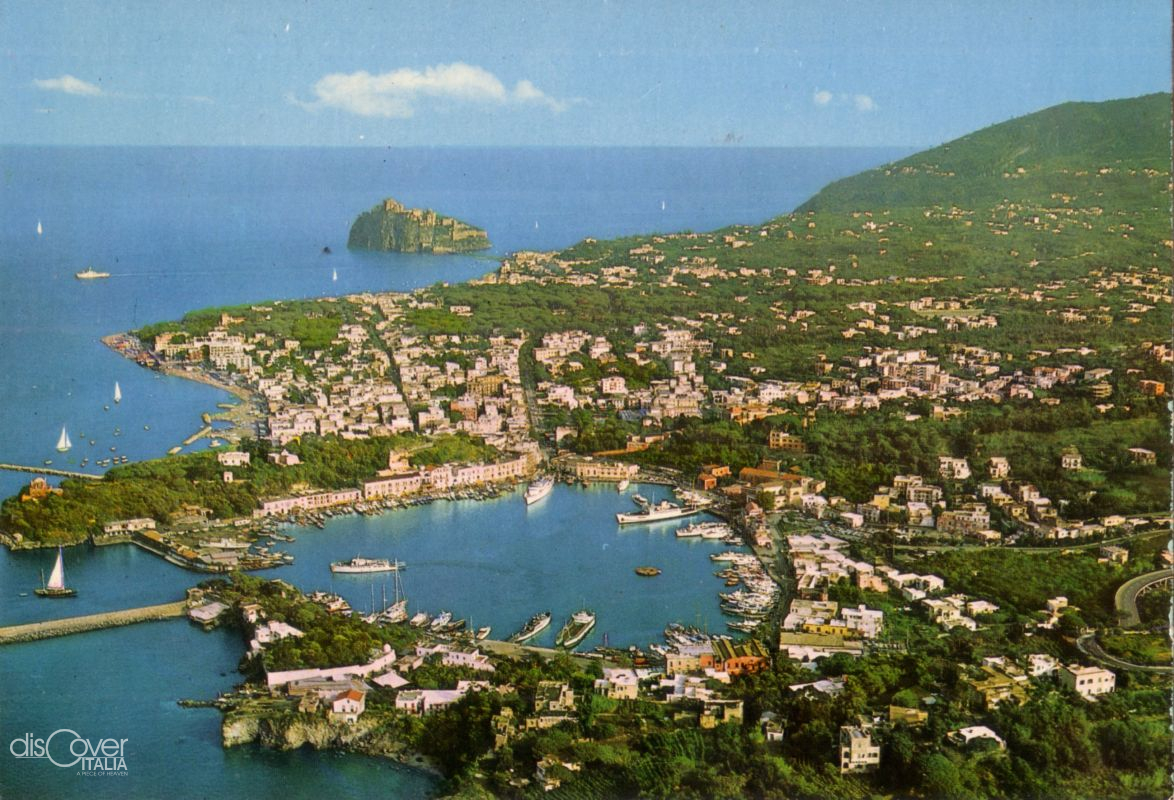
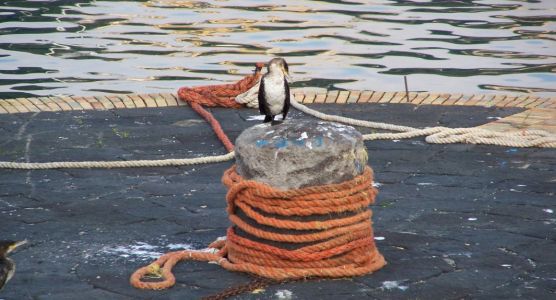




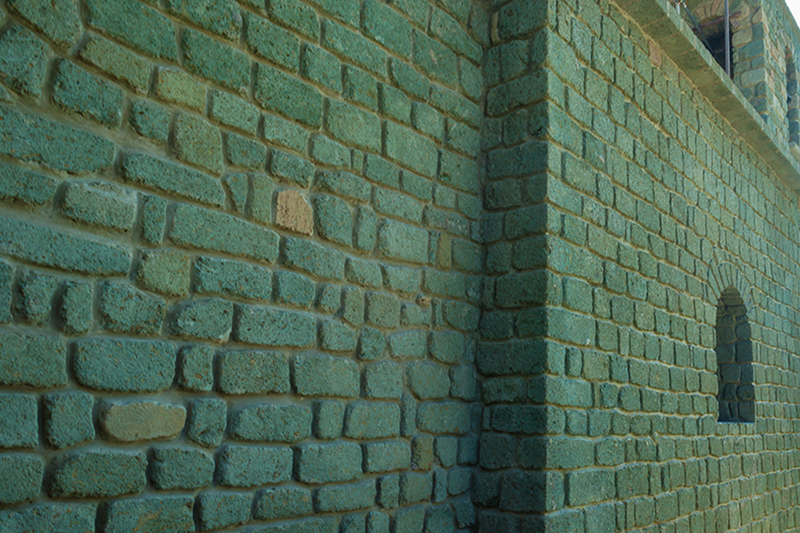

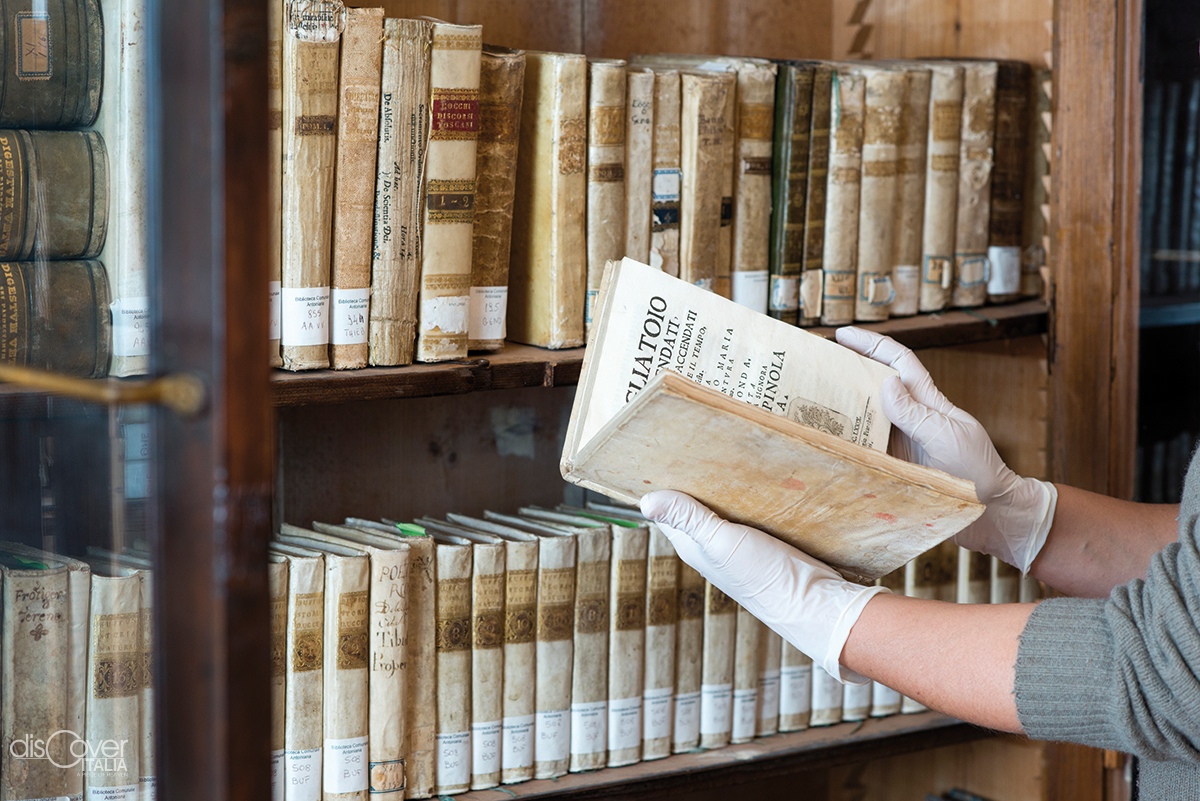

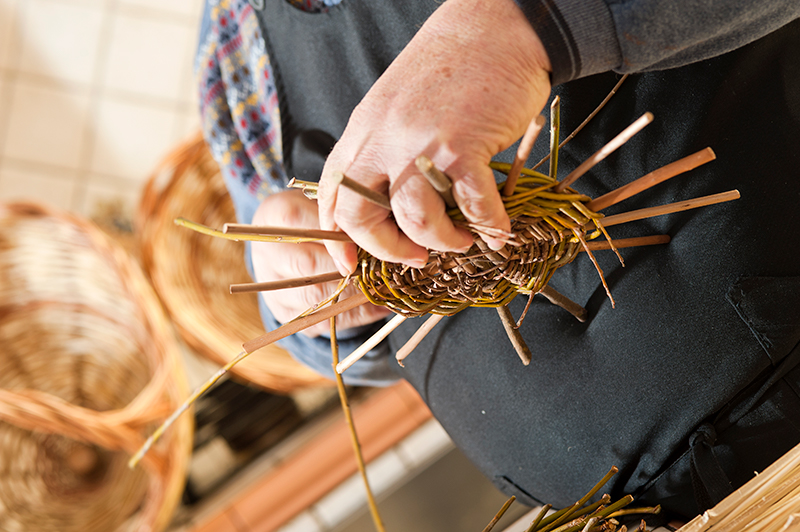


Comments powered by CComment